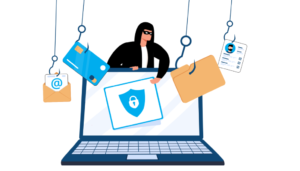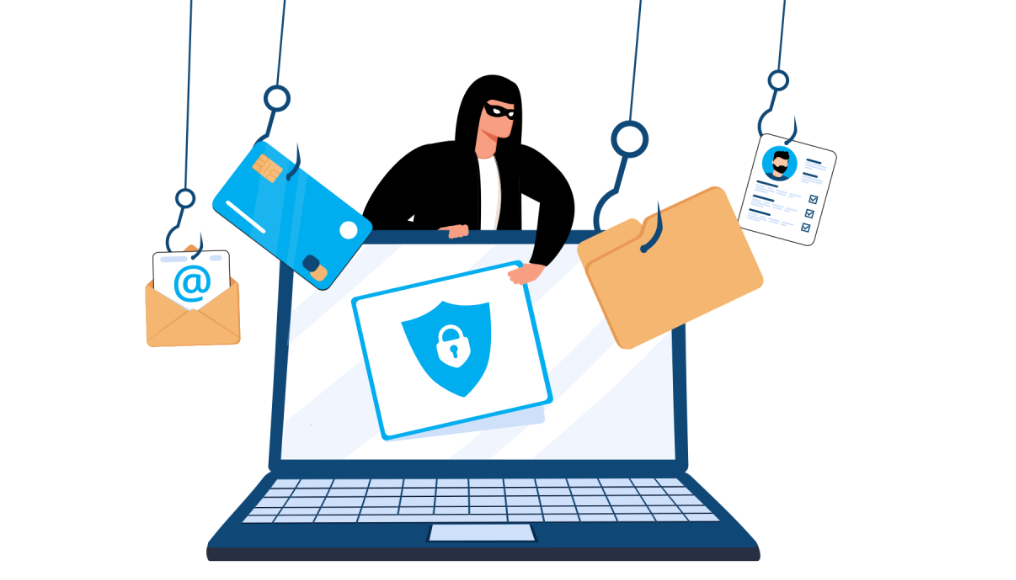Are you starting a new business venture? Sometimes a troubled economy can be a blessing in disguise for people. Whether you get laid off from a job, or you’re fresh out of college and having a tough time looking for that initial employer, an entrepreneurial spirit can emerge. Starting your own business can be a scary endeavor, but a business isn’t a business until it begins making money. So I’m here to help clear the air about the most important financial service you’ll need…credit card processing.
There are really two types of credit card processing methods, offline and online, and I will talk a little bit about both. “Offline” or storefront processing, is used whenever you collect a customer’s credit card information, and process it manually through a point-of-sale (POS) swipe machine or virtual terminal. You could also get really old school with it and run a card through one of those carbon-copy imprint devices, but those would be better suited for the Smithsonian Museum at this point. The second method of processing credit cards is “online”, and it has been used more and more over the last decade with the rapid growth in e-commerce websites and third-party products, like PayPal and Google Checkout.
New business owners often wonder if they need an online merchant account (which can cost up to $30-$40 per month) to process credit cards in their brick-and-mortar shop. The simple answer is no. However, accepting online payments is something you should think about. Here are some things to consider:
Offline Processing Pros
• Cost-Effective: Offline, you can use a point-of-sale terminal, you only need to buy the device from a preferred provider. When you complete a sales transaction, you will most likely be getting the lowest possible rate for each transaction, and you will save money by not having additional payment gateway fees every month.
Offline Processing Cons
• Security Issues: When you process a credit card offline, you need to store the information in a database. This creates the potential for security issues if this information is ever compromised. You will not be recognized as PCI (Payment Card Industry) compliant, which is a set of requirements to ensure that all businesses that process, store and transmit cardholder data do so in a secure environment.
• Time Management: Each time an order is placed, you will have to manually enter in the customer’s credit card information. This takes time! This is a huge “pro” in favor of online processing through an E-commerce website. The customer enters all of their information, and the transaction is automatically run and approved in real-time.
• Verificatoni: A big downside to processing a credit card manually is that if there is a problem with the card, it may already be too late. If the card is denied later on, you as the merchant must let the customer know that the order did not go through. You also want to make sure that you do not provide the customer with any goods or services until after you have verified the credit card for payment.
Online Processing Pros
• Fast Checkout: Online processing does not require much effort on the part of the merchant. Customers visit your website, they shop, they pay, and everything is automated.
• Security: The entire transaction is recorded online, through encrypted data, and not stored on a separate database. It also takes away human error when entering orders.
• Choices, Choices, Choices: Consumers want…you guessed it…choices. Being able to accept the 4 major credit cards, and even having the option for them to pay with their PayPal or Google Checkout account will make them happy.
Online Processing Cons
• Cost: Aside from the cost of designing and building an e-commerce website for your business, you have to then pay for a merchant payment gateway in order to actually accept credit card payments. There is usually a monthly charge for this service on top of any transaction fees that are assessed. It is the cost of doing business today, and well worth it.
Credit cards are the preferred payment method, especially with e-commerce, in particular, growing more rapidly. The payer and the payee may be in two separate locations and conduct a complete, secure transaction. We don’t know what the future holds necessarily, but with the emergence of mobile technology, consumers are looking to do things faster and with more flexibility than ever before





